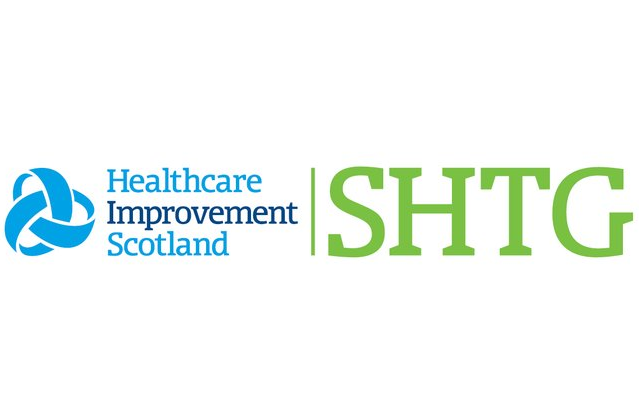Key points from the evidence

- The body of literature for clinical use of CCE-2 for detection of colorectal polyps in people with signs or symptoms or at increased risk of colorectal cancer was broad. There was variation in population assessed, the comparator intervention, the setting of delivery and the measure of diagnostic accuracy used.
- The most robust evidence on the accuracy of CCE-2, in people scheduled to undergo optical colonoscopy for known or suspected colorectal disease, remains the meta-analysis of five prospective studies (n=361) described in Evidence Note 86. The per-patient sensitivity for the identification of polyps > 6 mm was 87% and per-patient specificity was 76%, using optical colonoscopy as the reference standard. All studies included in the meta-analysis were at risk of inclusion and exclusion bias.
- When this diagnostic accuracy was applied to data from the Scottish bowel screening programme this generated a negative predictive value of 90% and a positive predictive value of 70% for polyps > 6 mm. If CCE-2 were used in a patient group at higher risk of colorectal cancer the negative predictive value would decrease.
- Three prospective cohort studies compared CCE-2 to CT colonography (CTC). One study (n=97) reported a statistically significant two-fold increase in relative sensitivity of CCE-2 compared with CTC for a polyp cut off point of > 6 mm in people with an incomplete optical colonoscopy. The second study (n=48) found no difference in diagnostic yields in a similar patient group (people who had declined an optical colonoscopy). The third study (n=54) found no difference in diagnostic accuracy between CCE-2 and CTC in people who had a positive faecal occult blood test (FOBT) at 6 and 10 mm cut-off points.
- Three feasibility studies (n=729) indicated that CCE-2 can be delivered as part of a community based pathway. One of the studies (SCOTCAP, n=435) recruited patients in Scotland with lower gastrointestinal symptoms suggestive of colorectal cancer and surveillance patients. Patients swallowed the CCE-2 in a regional hub and were then discharged home before being followed up the next day.
- Six out of the seven polyp matching algorithms used in included studies allowed for a 50% measurement error in size. If use of CCE-2 in clinical practice is to reflect the diagnostic accuracy in the literature, then a cut-off of 3 mm must be set on CCE-2 to ensure detection of polyps > 6 mm diameter.
- Five studies explored patient experience and preference of CCE-2 over optical colonoscopy and CTC. Results of preference varied, as did the populations consulted, but the two studies which examined discomfort reported less discomfort for CCE-2 compared with optical colonoscopy.
- A submission from a patient representative organisation, Bowel Cancer UK, highlighted that attention is needed when communicating with patients to ensure that: patients fully understand the care pathway and any potential delays in receiving results; that the bowel preparation for CCE-2 is more intense and uncomfortable than optical colonoscopy; and that additional procedures may be required.
- A de novo costing analysis based on data from the SCOTCAP project showed that the introduction of CCE-2 into the colon cancer diagnostic pathway in NHSScotland is likely to generate an increased budget impact compared to current practice. Scenario analyses demonstrated that CCE-2 may be cost saving in the symptomatic patient group, on the basis that a negative CCE-2 finding results in the avoidance of more costly hospital-based follow-up procedures. The equivalent analysis for surveillance patients was not cost saving.
- Results from the de novo costing analysis are only relevant to patients who are referred to optical colonoscopy upon presenting to primary care with lower gastrointestinal symptoms (symptomatic) or due to personal or family history of colon cancer (surveillance). Patients who take part in the Scottish Bowel Screening programme were excluded from the CCE-2 target population.
- Two systematic reviews in Evidence Note 86 reported a CCE-2 retention rate of 0.8% and an aspiration rate of 0.1%. No new secondary evidence on safety outcomes was identified.
